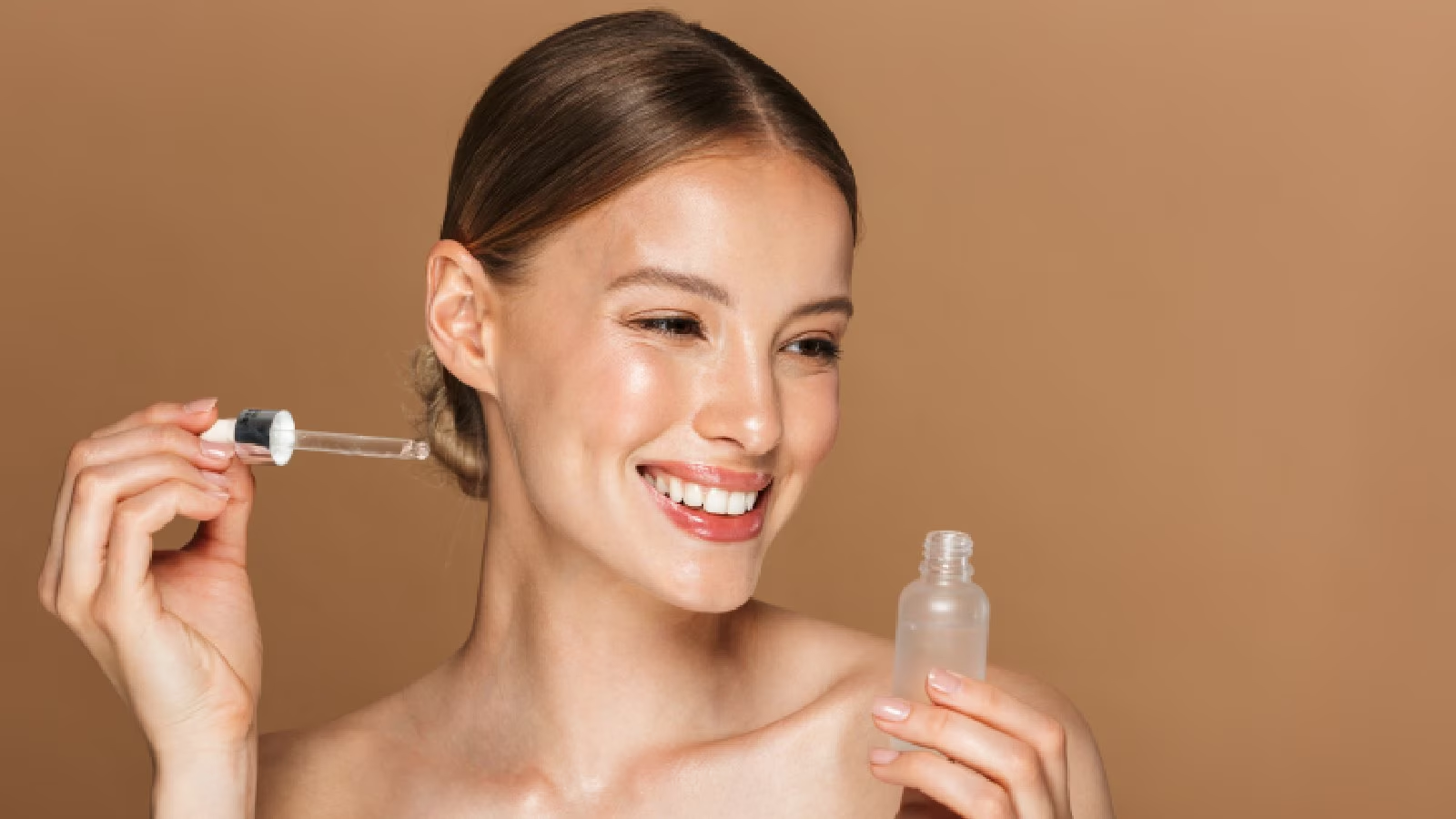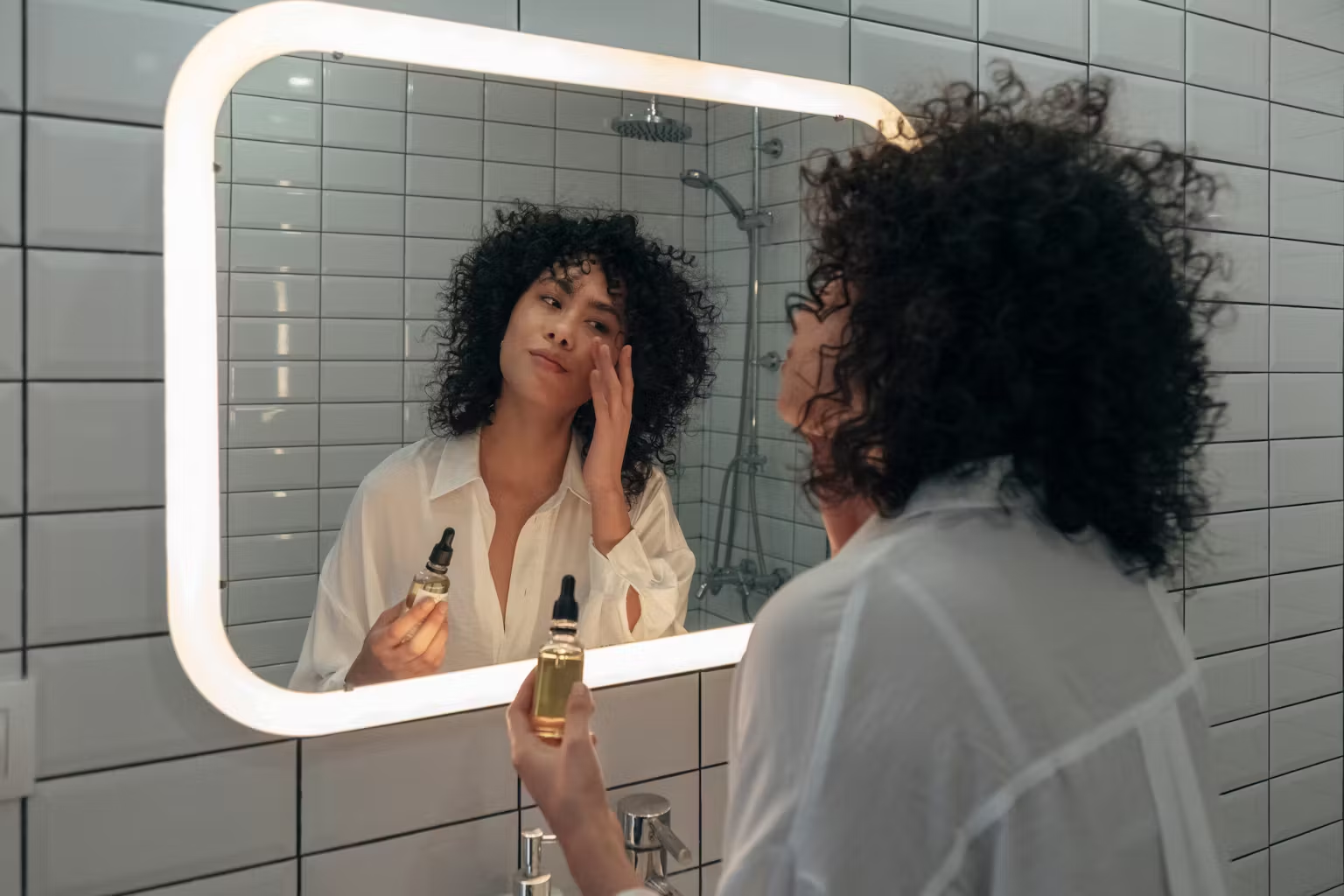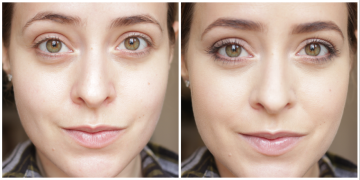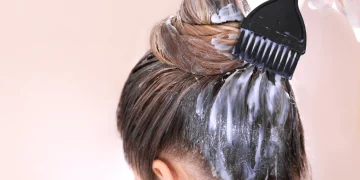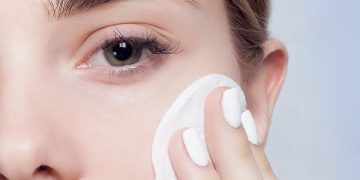Dry skin can be a frustrating and uncomfortable condition, often marked by tightness, flakiness, and an overall dull appearance. Proper moisturizing is one of the most crucial steps in a skincare routine for dry skin, but with the vast range of products available in the market, choosing the right one can be overwhelming. The key to finding the best moisturizer lies in understanding the unique needs of dry skin and selecting products that will hydrate, nourish, and protect it without exacerbating the condition.
This article will provide an in-depth guide on how to select the best moisturizing products for dry skin. From understanding the causes of dry skin to recognizing the best ingredients and product types, this guide will help you tailor your skincare routine to meet the specific needs of your skin.
1. Understanding Dry Skin: Causes and Characteristics
Before diving into specific products, it’s important to understand what dry skin is and why it occurs. Dry skin, also known as xerosis, can result from a variety of factors.
Causes of Dry Skin:
- Environmental Factors: Cold, dry weather, exposure to indoor heating, and low humidity levels can strip the skin of its natural moisture.
- Hot Showers and Harsh Soaps: Long hot showers and the use of harsh, stripping soaps can damage the skin’s protective barrier, leading to dehydration.
- Aging: As we age, the skin’s ability to retain moisture decreases due to reduced sebum production and slower skin regeneration.
- Underlying Conditions: Skin conditions like eczema, psoriasis, and atopic dermatitis can contribute to chronic dryness.
- Medications: Certain medications, such as diuretics and antihistamines, can cause the skin to become drier.
Characteristics of Dry Skin:
- Tightness or discomfort after washing
- Rough or scaly texture
- Flaky patches or visible dry spots
- Redness or irritation, especially after cleansing
- Dullness or lack of radiance
Understanding these causes will help you make better-informed decisions when selecting moisturizing products for dry skin.
2. Key Ingredients to Look for in Moisturizers for Dry Skin
When choosing moisturizers for dry skin, the right ingredients can make a world of difference. Dry skin requires more than just water-based hydration—it needs products that can effectively seal in moisture, strengthen the skin barrier, and restore essential lipids.
Best Ingredients for Dry Skin:
- Hyaluronic Acid: This powerhouse humectant draws moisture from the air into the skin, providing deep hydration and plumping the skin. It helps to keep the skin hydrated without feeling greasy.
- Glycerin: Another effective humectant, glycerin attracts water to the skin’s surface, keeping it moisturized and soft.
- Ceramides: These lipids help repair and maintain the skin’s natural moisture barrier. Ceramides prevent moisture loss, which is crucial for dry skin.
- Shea Butter: Rich in fatty acids, shea butter nourishes and soothes dry, inflamed skin while providing a protective barrier against moisture loss.
- Squalane: Derived from olives or sugarcane, squalane is an emollient that softens and moisturizes the skin without clogging pores.
- Lanolin: A potent moisturizer, lanolin helps lock in moisture and restores the skin’s natural oil balance.
- Aloe Vera: Aloe vera is soothing and hydrating, offering relief from irritation or inflammation associated with dry skin.
Ingredients to Avoid:
- Alcohol (Denatured Alcohol): This drying agent can strip the skin of its natural oils, worsening dryness.
- Fragrance: Synthetic fragrances can irritate sensitive dry skin and contribute to further dryness.
- Sulfates: Found in some cleansing products, sulfates can be harsh and drying on dry skin, so they should be avoided in moisturizing products.
3. Types of Moisturizers for Dry Skin
Choosing the right type of moisturizer is equally important as picking the right ingredients. Dry skin can benefit from a variety of moisturizing products, depending on individual needs and preferences.
Creams:
Thicker and richer than lotions, creams are excellent for providing deep hydration and creating a barrier to lock in moisture. They are ideal for dry to very dry skin, especially during colder months when moisture loss is more pronounced.
Lotions:
Lighter than creams, lotions are still effective but may be better for dry skin that isn’t extremely parched. They can provide hydration without feeling too heavy and are often absorbed more quickly.
Ointments:
Ointments contain a higher concentration of oil and are best for very dry skin or conditions like eczema. They create an occlusive layer on the skin to seal in moisture and are often used for localized treatment of extremely dry areas.
Serums:
While serums are typically lightweight and formulated with higher concentrations of active ingredients, they can also be beneficial for dry skin when enriched with hydrating agents like hyaluronic acid or glycerin. Serums work well when layered beneath a cream for added hydration.
Oil-Based Moisturizers:
Oils like jojoba oil, argan oil, and rosehip oil are great for dry skin, as they help replenish lost lipids and prevent water evaporation. Oil-based moisturizers are ideal for individuals who prefer a richer texture and additional nourishment.
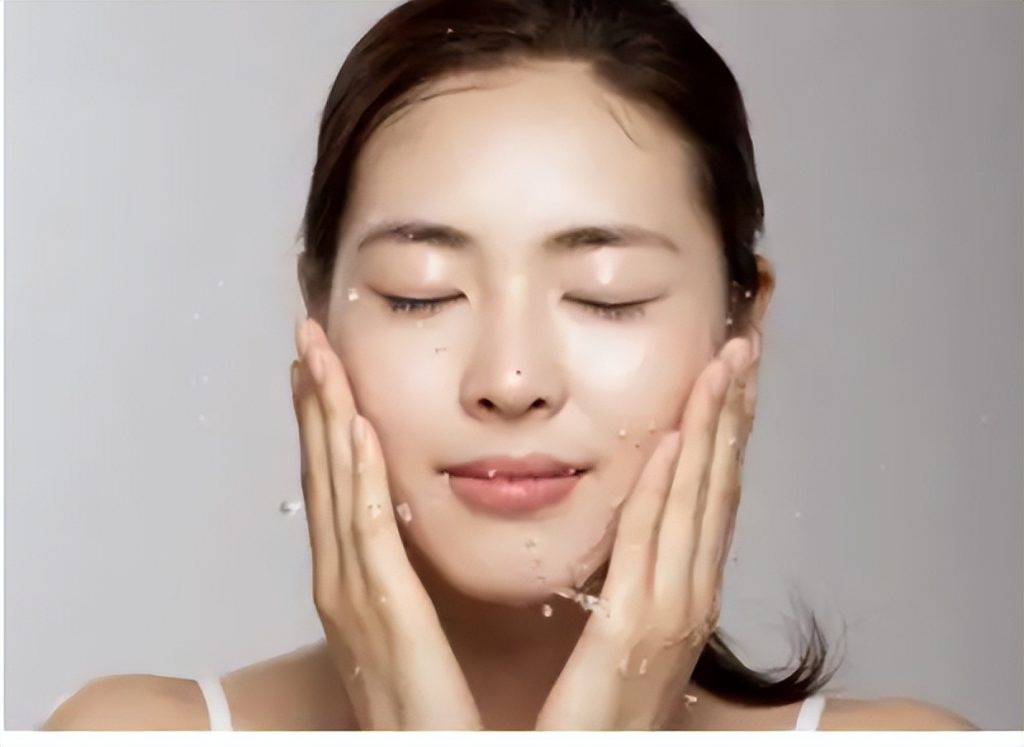
4. How to Apply Moisturizers for Maximum Effectiveness
The way you apply your moisturizer can also impact how effectively it hydrates your skin. To get the best results, follow these steps:
- Cleanse Your Skin Gently: Use a mild, hydrating cleanser to remove dirt and impurities without stripping your skin’s natural oils.
- Apply While Skin is Damp: Moisturizers work best when applied to slightly damp skin. After cleansing, pat your skin dry and apply the moisturizer while it’s still moist to lock in maximum hydration.
- Use a Generous Amount: Dry skin needs a generous amount of product to fully hydrate and protect the skin. Don’t skimp—make sure your skin feels fully covered.
- Massage in Circular Motions: Gently massage the product into your skin in upward, circular motions to promote absorption and increase blood circulation.
- Layer Your Products: If you’re using multiple skincare products (e.g., serum, sunscreen, etc.), apply them in the proper order—serum first, followed by moisturizer.
5. Additional Tips for Maintaining Hydrated Skin
In addition to choosing the right moisturizer, maintaining dry skin also requires other skincare habits to keep it hydrated and healthy.
- Stay Hydrated: Drinking plenty of water helps hydrate your skin from the inside out.
- Avoid Hot Water: Hot water can strip your skin’s moisture, so opt for lukewarm water when washing your face or showering.
- Use a Humidifier: If you live in a dry climate, using a humidifier can help maintain moisture levels in the air, which can prevent your skin from becoming excessively dry.
- Exfoliate Gently: Regular exfoliation helps remove dead skin cells that can build up and cause flakes, but be sure to use a gentle exfoliant that won’t irritate your skin.
- Protect Your Skin from the Elements: Cold, windy, and sunny conditions can exacerbate dry skin. Wear a protective barrier like a scarf or sunscreen when heading outdoors.
Conclusion: Choosing the Right Moisturizer for Your Dry Skin
Choosing the best moisturizing product for dry skin involves understanding your skin’s unique needs, selecting the right ingredients, and applying products correctly. By considering your skin type, environmental factors, and specific concerns, you can find a moisturizer that works for you.
Incorporating hydrating ingredients like hyaluronic acid, glycerin, and ceramides, as well as choosing the right type of moisturizer (cream, oil, lotion, etc.), will help you restore your skin’s moisture barrier and keep it nourished and smooth. Pairing this with a consistent skincare routine that includes proper cleansing, exfoliation, and protection from the elements will give you healthier, more radiant skin.

